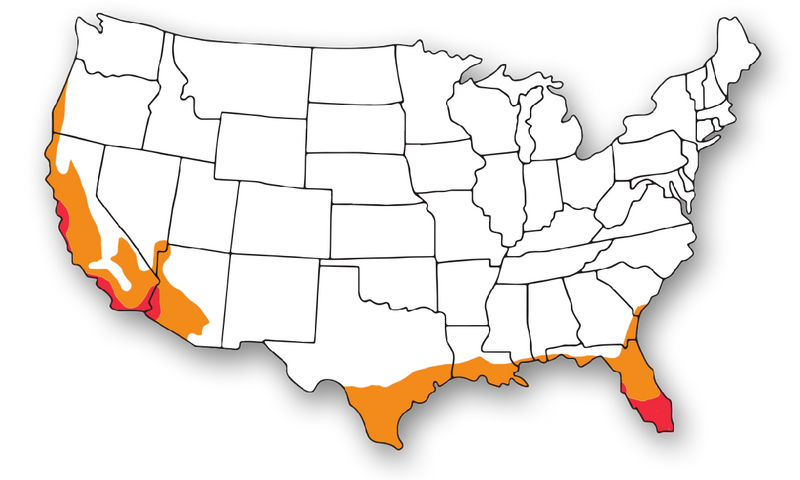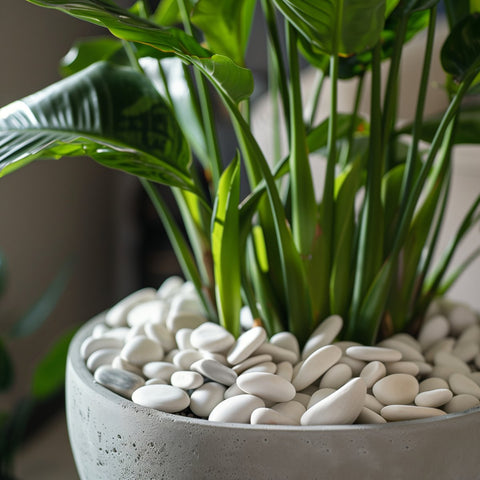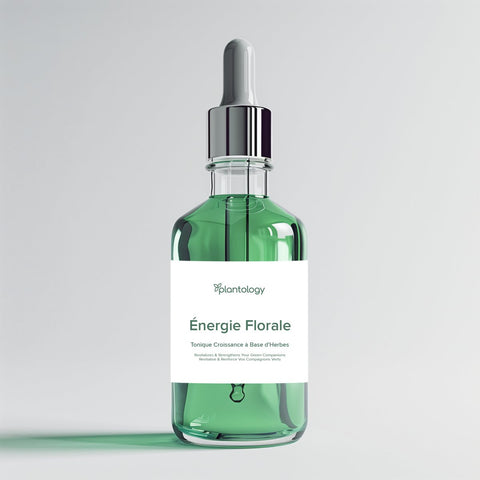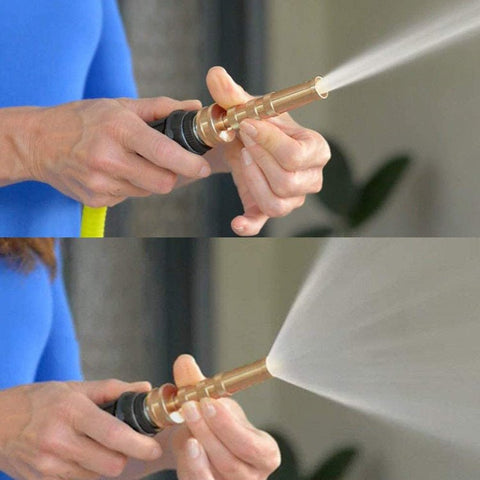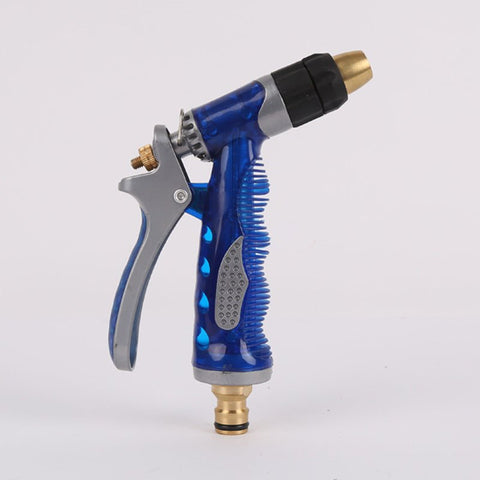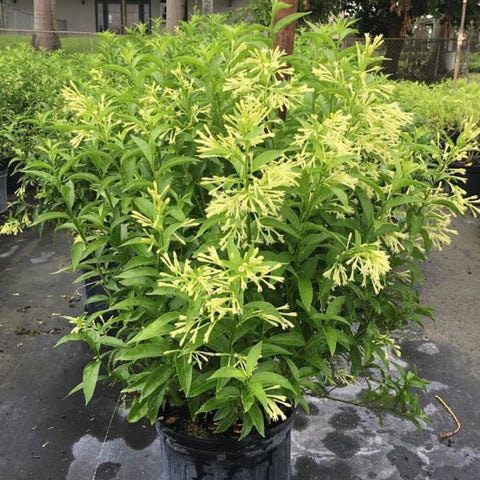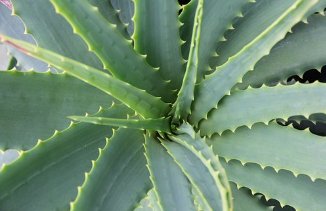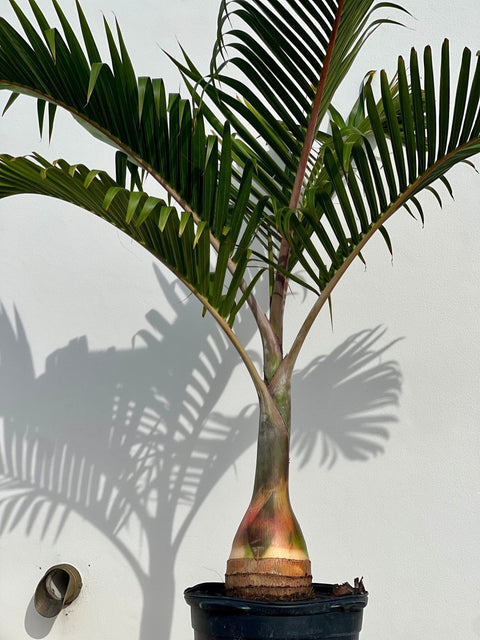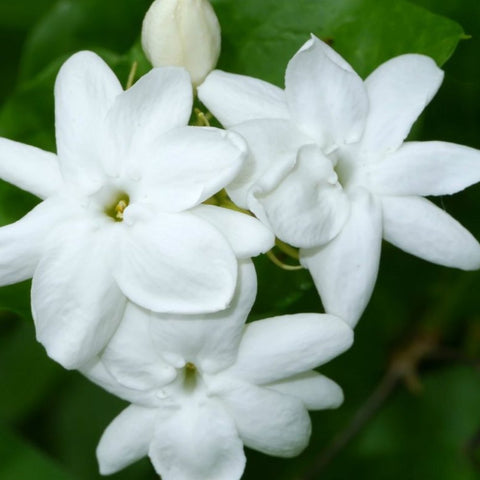Anthurium Red Heart: A Blooming Marvel for Your Garden
Anthurium Red Heart, a stunning tropical plant, elevates your garden's beauty. Learn essential tips for growing and caring for this vibrant Anthurium.
How to Grow
Anthurium Red Heart thrives in warm, humid climates and adapts well to well-draining soil. Ideal for both in-ground and container cultivation, it requires bright, indirect light. Keep the soil consistently moist and fertilize regularly for optimal growth.
Care Tips
Maintain the health of your Anthurium Red Heart by removing spent blooms and damaged leaves. Protect it from strong winds and frost, as these can harm the delicate foliage. Regularly check for pests and diseases to ensure a vibrant and healthy plant.
Uses
Anthurium Red Heart is a tropical gem, perfect for garden landscapes and indoor settings. Its bright blooms add a touch of exotic elegance. While not typically grown for edible purposes, its ornamental beauty is unmatched.
Planting Tips
Choose a location with bright, indirect light for Anthurium Red Heart. Ensure well-draining, moist soil without waterlogging. When planting, dig a hole slightly larger than the root ball, backfill firmly, and water thoroughly. Maintain regular watering to promote healthy growth.
Maintenance
Keep your Anthurium Red Heart thriving by removing spent blooms and fertilizing regularly. Shield it from strong winds and frost to preserve its delicate appearance.
Frequently asked questions
Fertilizing Red Heart Anthurium (Anthurium Andraeanum) can be done in cost-effective ways that promote healthy growth and vibrant blooms. To ensure your Anthurium thrives, consider these tips for effective fertilization: 1. Choose a balanced fertilizer: Opt for a balanced, water-soluble fertilizer with an N-P-K ratio of 20-20-20 or similar. This will provide essential nutrients like nitrogen, phosphorus, and potassium to promote healthy foliage and flowering. 2. Feed sparingly and regularly: During the growing season (spring and summer), fertilize your Red Heart Anthurium every 4-6 weeks. Use a diluted solution of fertilizer to avoid overfeeding, which can lead to nutrient imbalances and damage to the plant. In conclusion, cost-effective fertilization of Red Heart Anthurium involves choosing a balanced fertilizer and applying it sparingly and regularly during the growing season. By following these tips, you can ensure your Anthurium receives the nutrients it needs to thrive and produce stunning blooms. Remember to monitor your plants growth and adjust fertilization as needed to promote optimal health and beauty.
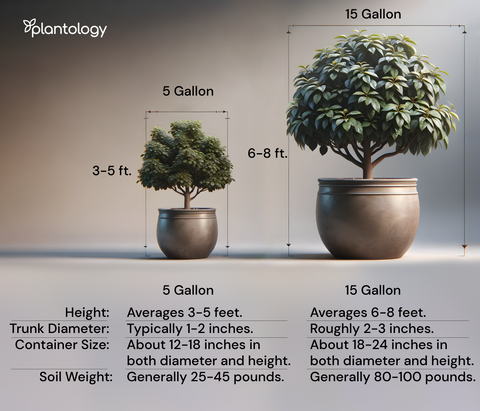
Free Shipping Over $150
Only $12 flat rate on orders under $150
Healthy Arrival Guarantee
Plants arrive healthy or we replace them free






